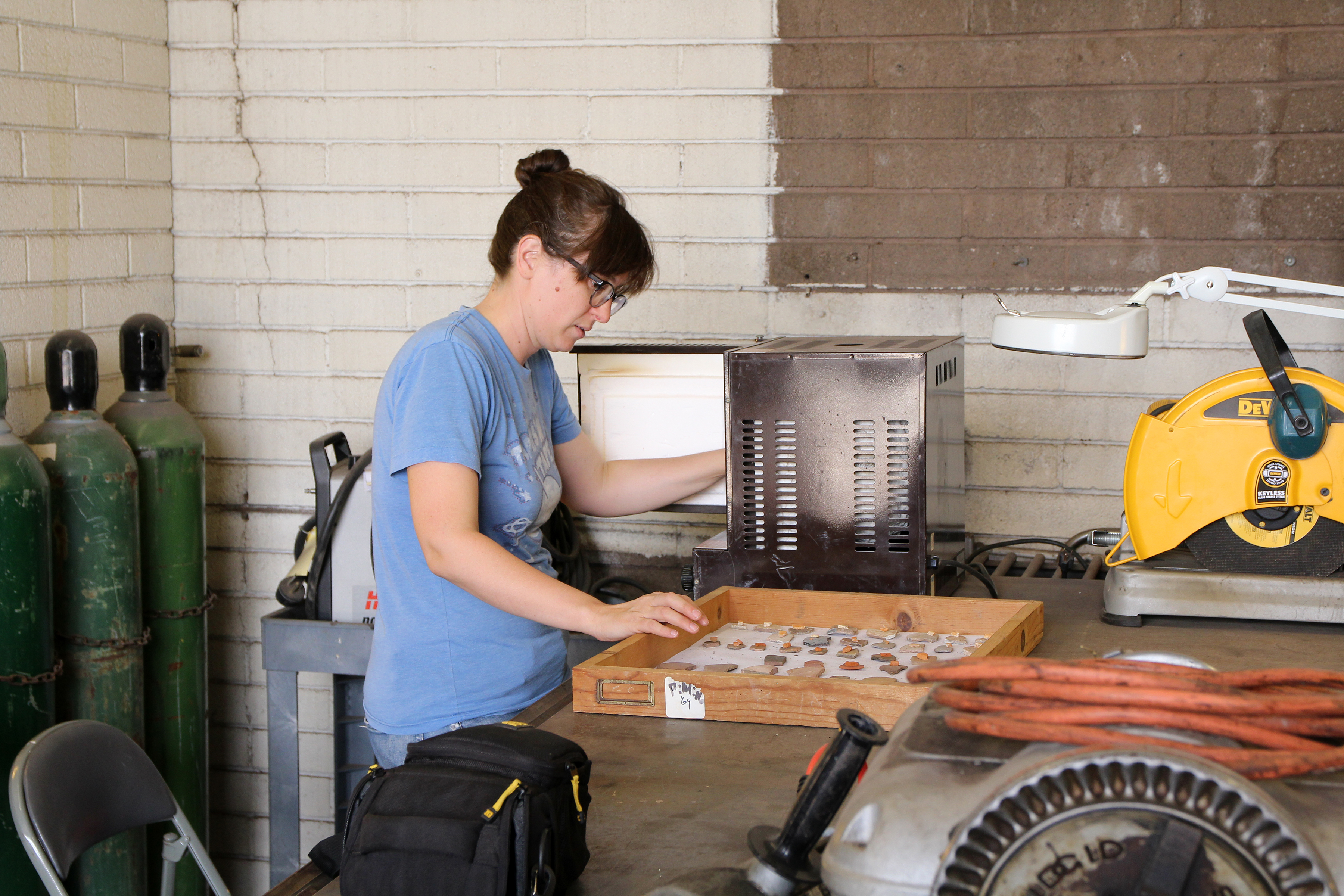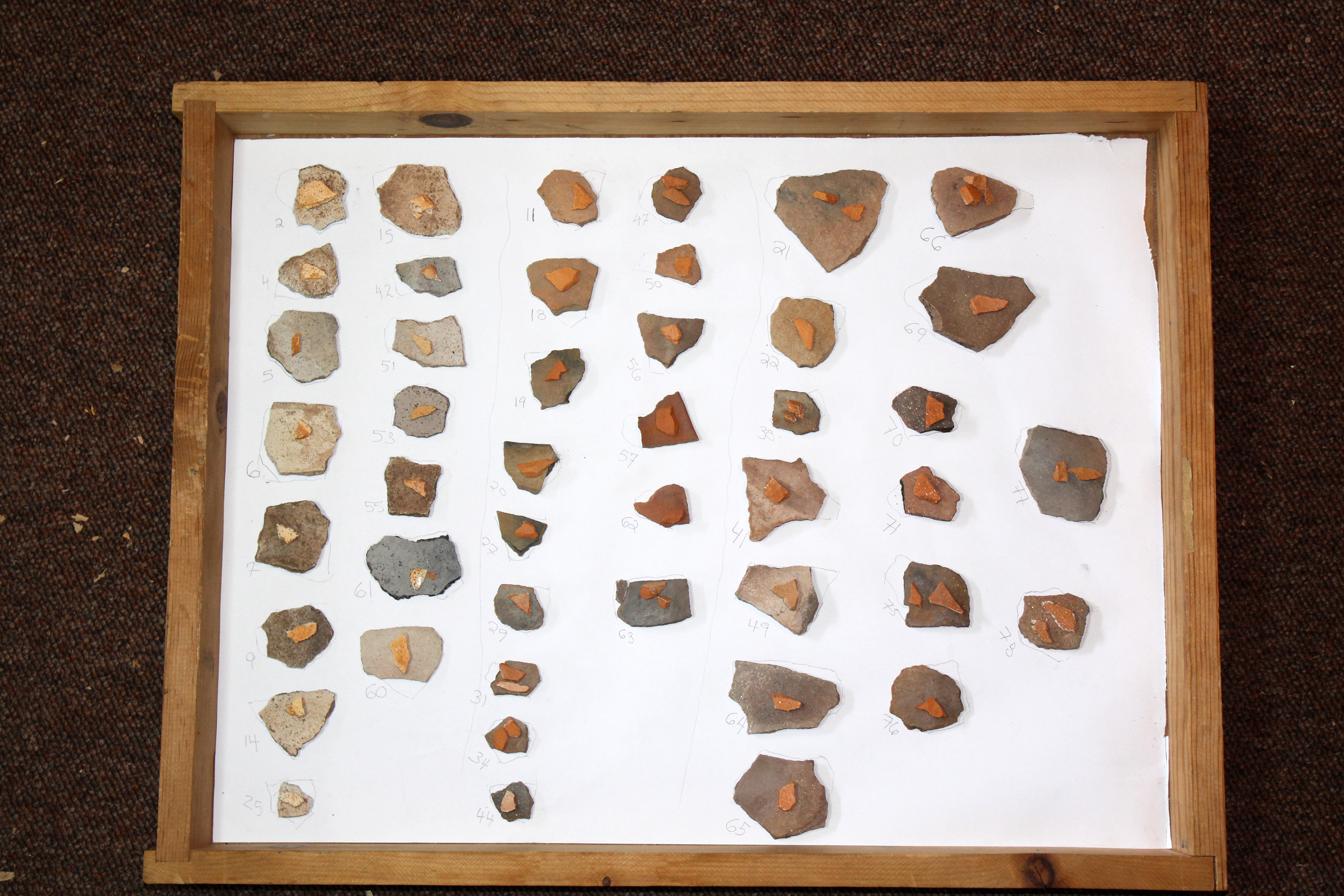In Summer 2016 Bill Reitze (Petrified Forest National Park; Recipient of the John L. Cotter award for excellence in scientific archaeological research, community involvement, and public education) borrowed the LTT ceramic Neycraft oven which helped him and his team conduct refiring experiments in order to gain a better understanding the early pottery in Petrified Forest National Park. He kindly submitted the following report to us.
Understanding Early Pottery in Petrified Forest National Park
Regional chronologies at Petrified Forest National Park are strongly based on variability in ceramic types. The Basketmaker to Pueblo I transition saw a dramatic shift in ceramic production techniques from micaceous tempered Adamana brownware to sand and sherd tempered white, brown and grey wares which dominated the rest of the ceramic assemblage at Petrified Forest. Better documentation of this change in ceramic technology has implications to understand the nature of this transition including changes in social interaction and local versus non-local production of ceramics. A sample of 84 sherds from late Basketmaker and early Pueblo sites around the park, representing a diversity of the three main early wares (31 Adamana, 29 Tusayan, and 24 Woodruff). These sherds were examined for gross characterization, including the presence and absence of different tempers, as well as texture and quality of the pastes. A sub-sample of 15 sherds from each ware group (n = 45) was also subjected to a step-wise refire test at 100° C intervals between 400° C and 900° C, soaking for 30 minutes at temperature. The refiring data suggest low temperature firing between 400° and 500° C for all three wares but with a gradual transition to higher temperature through time. The refire test also identified a shift in the clays used between the different types. This initial work has formed the foundation for additional petrographic analysis which is currently ongoing.
This project was conducted by Signe Valentinsson who was a summer archaeological intern at Petrified Forest National Park in 2016. The preliminary results of this project were presented at the 2016 Pecos Conference and final results will be presented at the 2017 meeting of the Society for American Archaeology.
 |
 |
